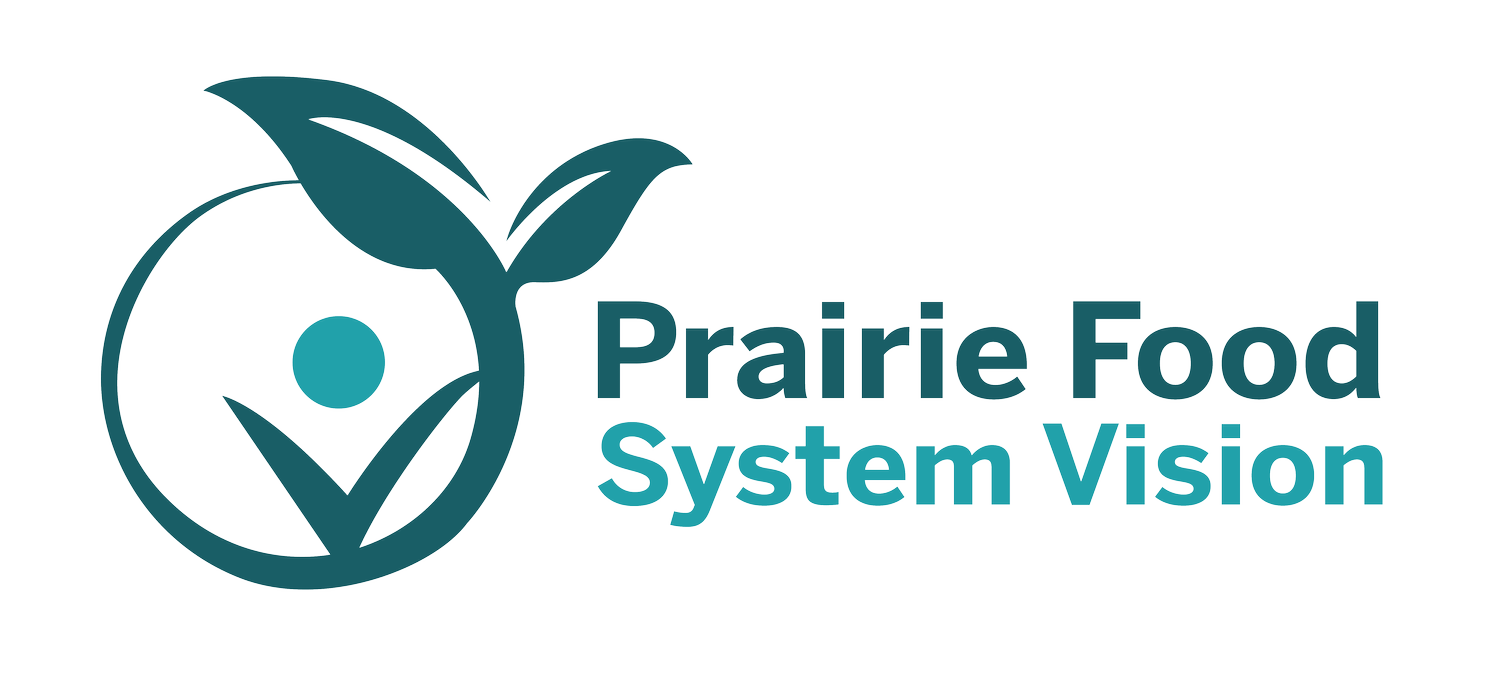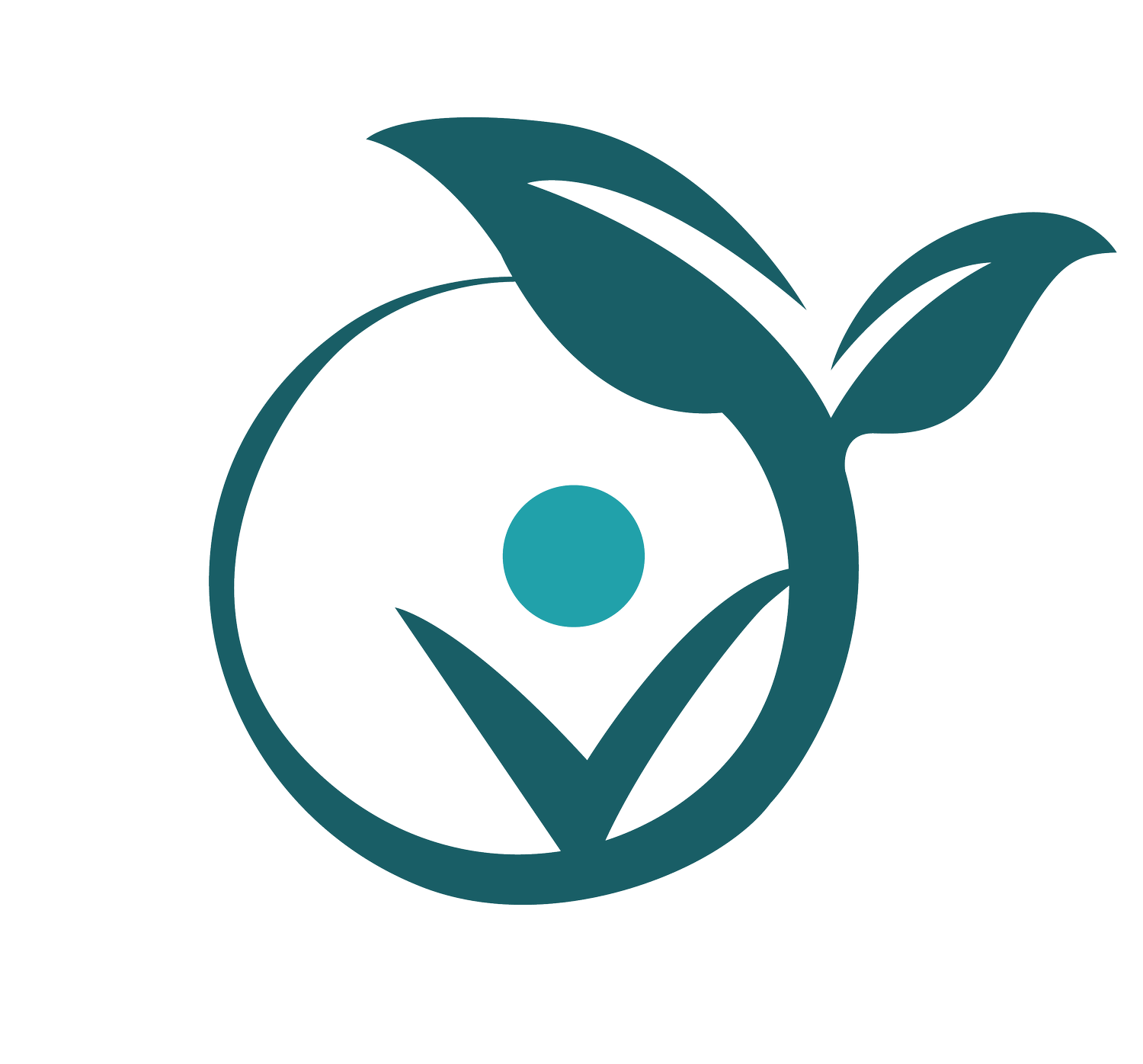Land use change is the largest driver of biodiversity loss, but society has solutions to address this threat, including habitat protection, habitat restoration, and policy changes. Scientists can support these solutions by filling in knowledge gaps of where actions can benefit the most species.
Biodiversity at the Institute for Wetland and Waterfowl Research used species distribution models to develop a Biodiversity Mapping and Assessment Tool for conservation practitioners, partners, and scientists to identify biodiversity hotspots and places where protection and restoration will have the largest benefits.
James Paterson will share more about the tool and how to use it, including case studies from when they tested the biodiversity benefits of Conservation Easements, identified hotspots for different taxa, and identified the primary land cover changes affecting biodiversity in Prairie Canada.
About the Speaker: James Paterson is a Research Scientist in Biodiversity at the Institute for Wetland and Waterfowl Research, the science arm of Ducks Unlimited Canada. He completed his PhD at the University of Ottawa, his MSc. at Laurentian University, and his BSc. in Zoology at the University of Guelph. Prior to joining Ducks Unlimited Canada he was a Liber Ero Fellow at Trent University. The goal of his research program is to explain spatial and temporal variation in biodiversity, and to improve the application of conservation interventions, such as habitat protection and restoration.
Click here to read more about the tool and try it out.
To register click here.

